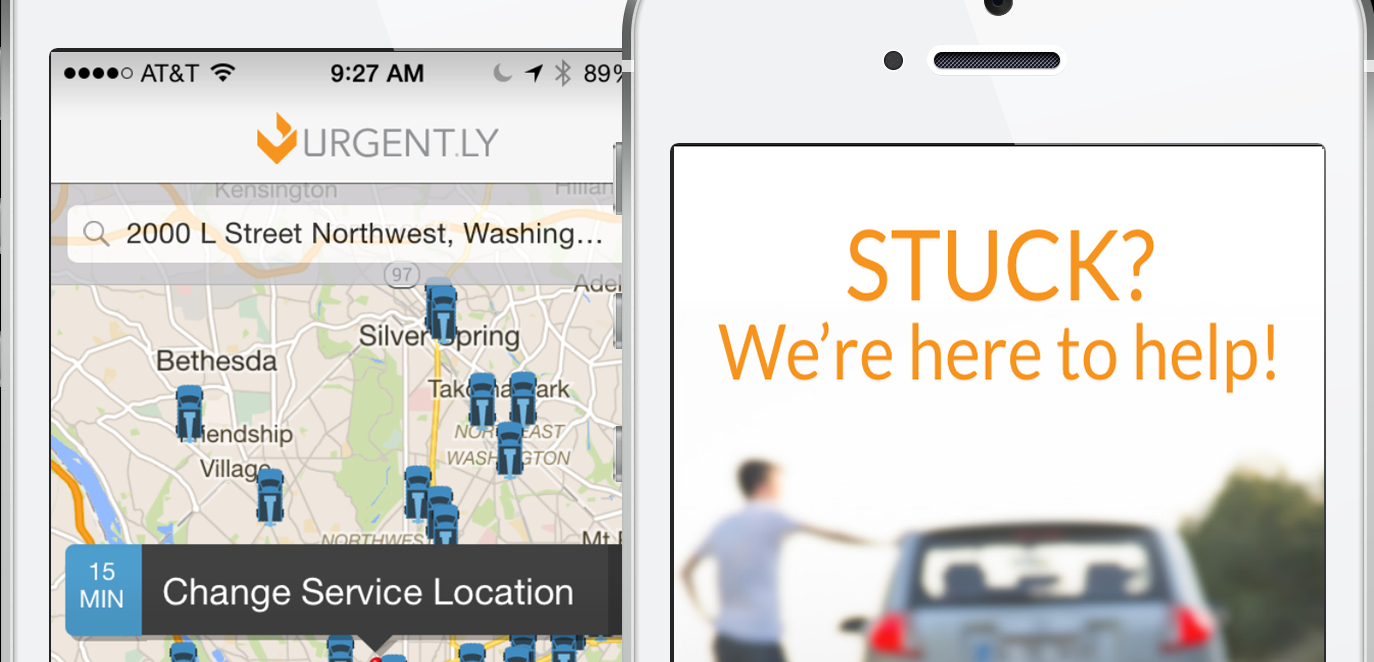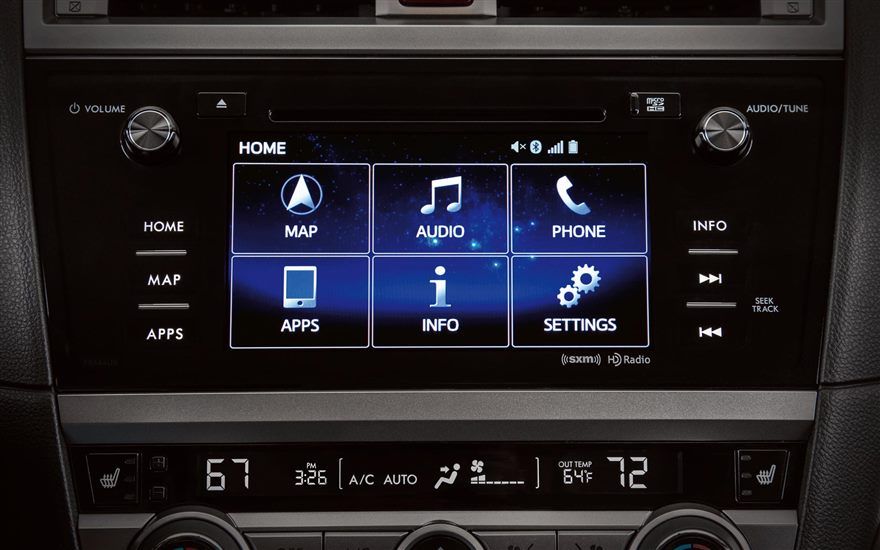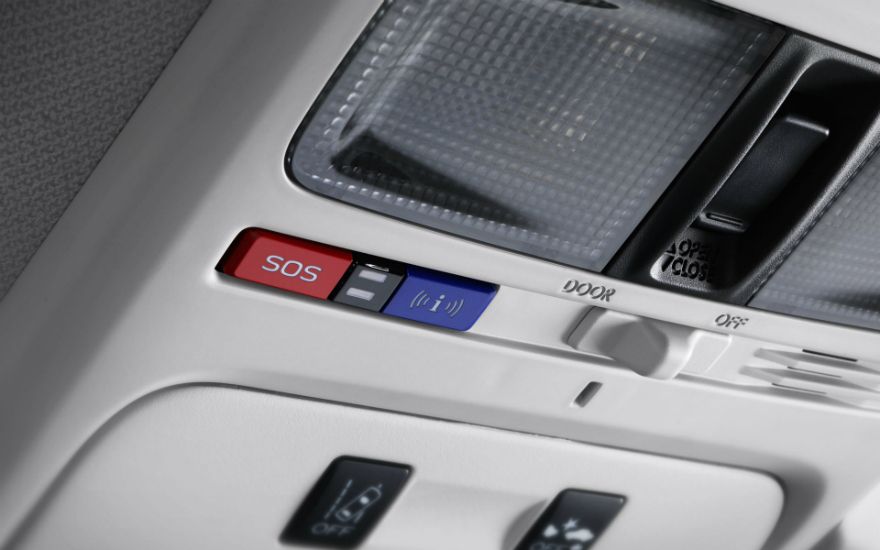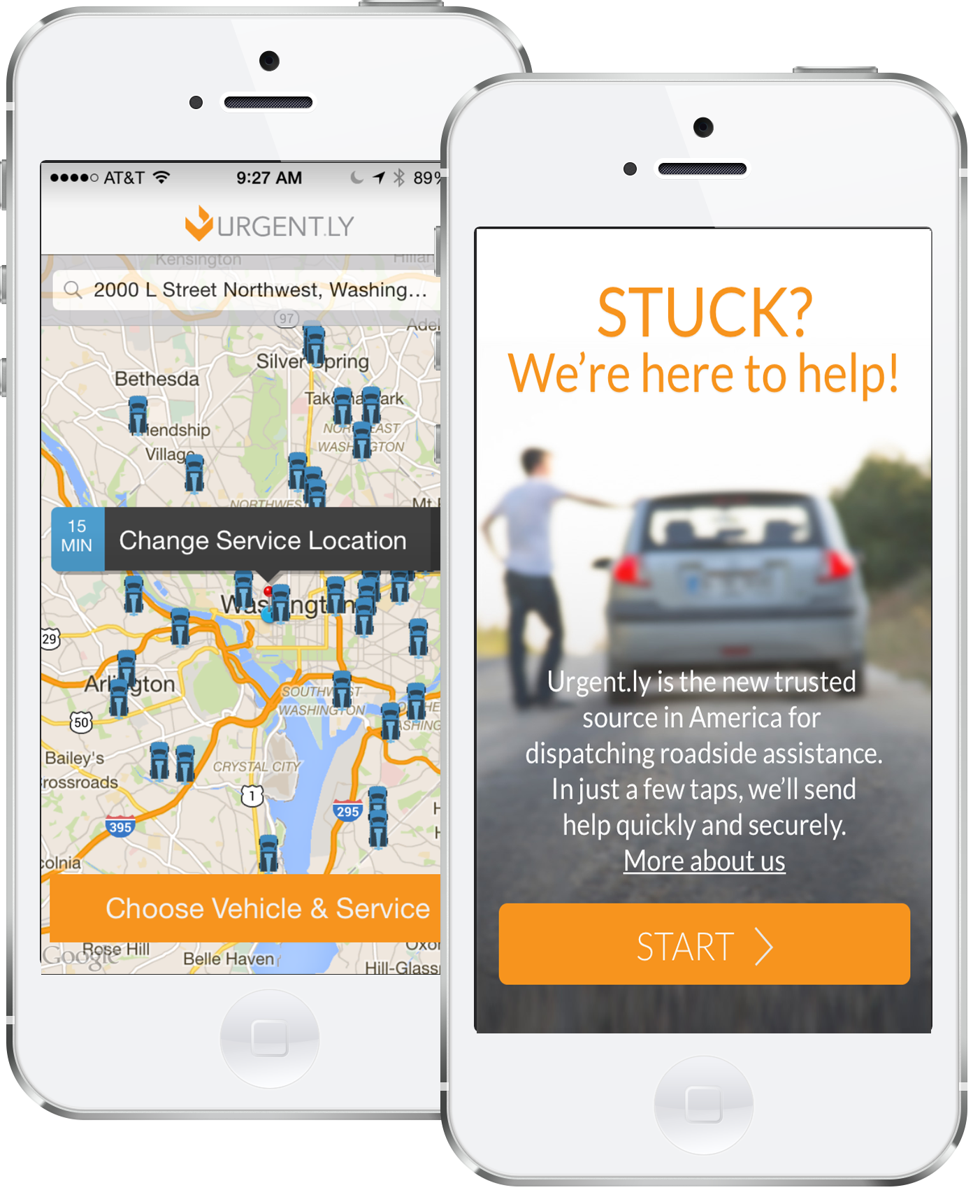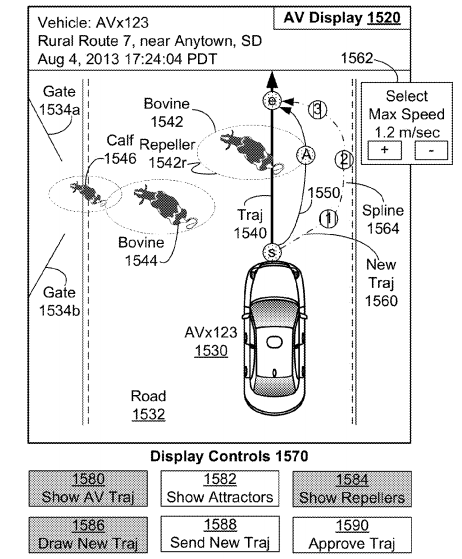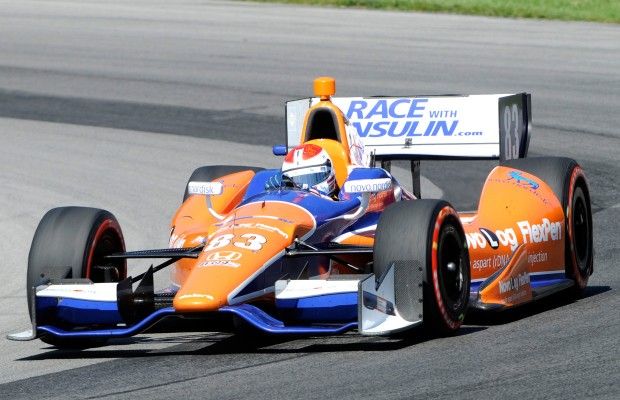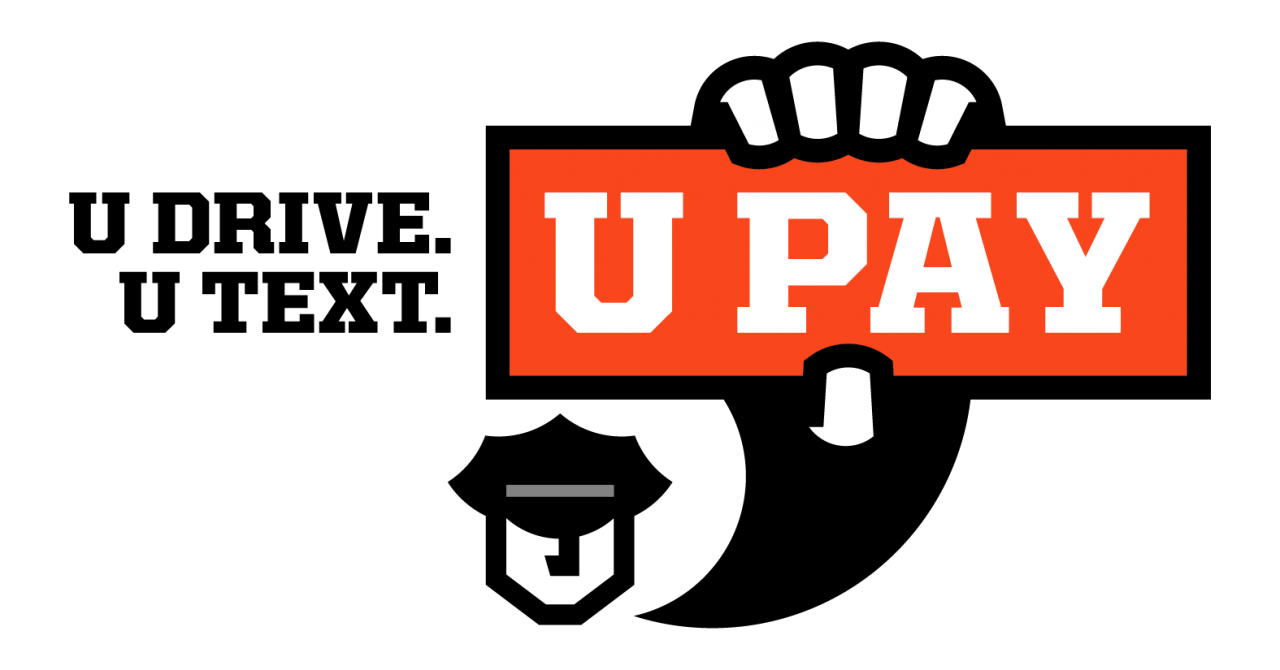This week's car technology->ke1701 report includes more news on self-driving cars, free iPhone->ke3555 and Android telematics apps for accident alerts, health telematics for a race car driver, and a law-enforcement push to catch texting drivers.
To learn more, read on....
OnStar-Like STARLINK Services from Subaru and SiriusXM
Subaru->ke86 announced how their new STARLINK infotainment and safety system will work in new 2016 models. STARLINK will use Sirius XM Connected Vehicle Services and the AT&T 4G LTE network. Services offered include stolen vehicle recovery, automatic collision notifications, vehicle health diagnostics and remote lock/unlock capability through a smartphone app.
Inside the new Subaru models there are buttons similar to OnStar->ke3201 call buttons. Drivers can call for assistance during an emergency or in a non-crash emergency, such as a medical one, by pressing the SOS button. When an airbag is triggered, a STARLINK advisor will ask if the driver is okay. If the driver does not respond, the advisor will initiate emergency response. The system can find the Subaru via its GPS location.
A companion STARLINK smartphone app will allow remote functions such as unlocking the doors, beeping the horn and flashing the lights. The STARKLINK infotainment system in select 2016 Subarus allows for Pandora, iHeartRadio and Aha music streaming. The system will also display text messages and give live traffic alerts. Drivers can use voice commands for music and navigation. Pricing has not yet been announced.
New Apps & Service will Detect Accidents and Send for Help from Your iPhone or Android
For drivers that don’t have telematics services like STARLINK, or who don’t want to pay additional fees, third-party apps are showing promise of fast roadside help using a new accident detection system. Zendrive, a service that uses smartphone sensors to measure motion, announced that its Zendrive Accident Detection SDK (Software Development Kit) can now be used by developers for apps to alert emergency responders and families to car accidents, or to monitor fleet vehicles.
BMW->ke178 gave Zendrive access to its accident testing facilities so that Zendrive could create the software that accurately detects car accidents from smartphones. Once an accident is detected, the app can then call for help, inform relatives or perform other duties, while keeping a record for insurance claims.
Zendrive will be used in the Urgent.ly's free “tow truck in your pocket” app that will detect if customers are in accidents. The app will then ask them if they need emergency or roadside assistance and connect them to the nearest available help. Urgent.ly also shows a map of the tow truck driver’s location. The Luxe mobile valet parking service app will feature accident detection to reassure customers that their cars are safe. Infotainment system-maker Pioneer will use ZenDrive to offer more smartphone app services to its customers.
Zendrive Accident Detection will be available first for iOS iPhone apps, followed by an Android version.
Self-Driving Car Riders may Need Barf Bags, Beds and Video Due to Increased Car Sickness
Some people riding in self-driving cars will experience motion sickness and nausea at substantial rates. The motion sickness is caused by factors that are greater in self-driving cars, according to a new report, "Motion Sickness in Self-driving Vehicles" by Michael Sivak, Ph.D and Brandon Schoettle.
Motion sickness in self-driving vehicles is due to a conflict between vestibular (balance and spatial orientation) and visual inputs, the inability to anticipate the direction of motion, and lack of control over the direction of the car’s motion. The motion sickness worsens with activities such as reading.
Six to 10 percent of adults riding in fully self-driving vehicles will be expected to experience some level of motion sickness, while six to 12 percent may experience moderate or severe motion sickness at some time.
It was found that to combat this, passengers will need to to lie on their backs and keep their eyes closed.
Holy Cow! Look How the Google Self-Driving Car Will Respond to a Herd of Cows
A new patent granted Google shows how its self-driving cars will avoid herds of cows and other situations where the car is in a “stuck position” and can't safely move. When the car is stuck it may be able to bend the usual programmed rules, which may include not driving on the road shoulder; however the car will call for help from a human or more advanced computer wirelessly through the cloud to determine what it should do.
If the self-driving car encounters something in its path, it will slow down and a timer will start. If the object is still there after a certain amount of time, the car will call the assistance center to confer with a human or an expert system for instructions.
The car sends the location and data from the car sensor to the service center. The service center may request video or images, and then offer guidance. After getting help, the system will then plot a course around the problem, even if the new path requires temporary rule-breaking like using the shoulder, or moving into the left lane to avoid a double-parked car.
Advanced Technology Helps Win Races for Race Car Driver
Racing driver Charlie Kimball has Type I Diabetes, and uses connected car technology to monitor his glucose levels while driving on the track. He wears a wireless glucose sensor monitor. His blood sugar level is monitored by the pit crew, and he can see his blood sugar levels on the steering wheel, next to the rpm.
Kimball has two drink bottles in the car, water for hydration and orange juice for blood sugar. He can sip the orange juice through a tube in his helmet. Kimball’s doctor and crew watch his blood glucose levels through a wireless monitoring system attached to his arm. One pit crew member monitors the car functions and the glucose levels and makes sure Kimball has enough juice.
Insulin maker Novo Nordisk has sponsored Charlie Kimball since he joined INDYCAR in the 2009 season.
Texting Drivings, Watch Out in April: U Drive. U Text. U Pay.
If you tend to look at your iPhone while driving or perform other tasks while you drive, don't. In a National Distracted Driving Enforcement Campaign from April 10 through 15, state and local law enforcement will aggressively ticket drivers who are texting or using their mobile devices when behind the wheel during April, National Distracted Driving Awareness Month. Law enforcement agencies and police forces across the country are putting distracted drivers on notice: “U Drive. U Text. U Pay.” Distracted drivers are warned that texting and driving will at least cost you the price of a ticket, but could also very well cost you your life or someone else’s. Happens every day.
The Michigan State Police, Wisconsin State Patrol and California Highway Patrol have officially announced that they are increasing efforts to curb distracted driving. Other states participating include Connecticut, Hawaii, Virginia and Washington. Check your local news outlets, many are highlighting what actions states are taking to curb distracted driving in April.
We wholeheartedly support this effort. Distracted driving tickets in some states can cost in the hundreds of dollars, so now would be a good time to figure out a hands-free Bluetooth system for your car or shut off your cell phone completely while driving, until 2020, when you can peacefully ride in your self-driving car until the cows come home.

